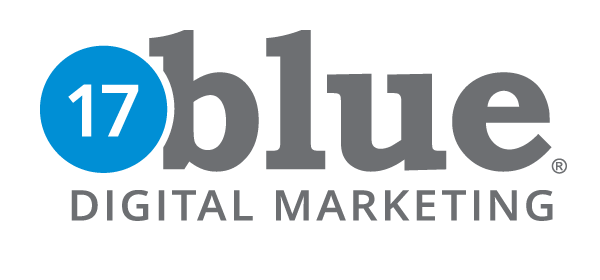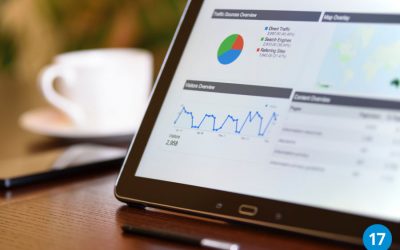If you’ve been around digital marketing for more than five minutes, you’ve probably heard the term “optimized content.” It’s thrown around a lot—but what does it really mean?
Is it about keywords? Formatting? Performance? The short answer: all of the above. Optimized content is about creating content that’s not only valuable to your audience but also designed to perform well—whether that’s in search engines, on social platforms, or through email.
Let’s take a closer look.
What Is Optimized Content?
Optimized content is any piece of content—blog post, video, social media caption, product page, etc.—that has been strategically crafted to meet the needs of both:
- Your audience, and
- The platform where it lives (like Google, Instagram, or YouTube)
It balances human appeal (easy to read, engaging, helpful) with technical polish (SEO, speed, structure) to drive results.
Key Elements of Optimized Content
Here’s what goes into truly optimized content:
1. Valuable, Relevant Information
No amount of SEO can save bad content. At its core, optimized content must:
- Answer a real question or solve a problem
- Be original and well-researched
- Match the intent of the user (Are they looking to learn, buy, compare, or decide?)
2. Keyword Optimization
This doesn’t mean keyword stuffing—it means using relevant terms naturally.
- Use keywords in the title, meta description, headers, and throughout the body
- Include related terms and phrases to give search engines more context
- Write for topics, not just keywords
3. Clear Structure
Optimized content is easy to skim and navigate.
- Use headings (H1, H2, H3) to break up content
- Add bullet points, short paragraphs, and bolded text for readability
- Include a compelling intro and clear CTA (call to action)
4. SEO Best Practices
To make your content discoverable:
- Include internal links (to your own site) and external links (to credible sources)
- Add alt text to images
- Write optimized meta titles and descriptions
- Make sure your page loads quickly and is mobile-friendly
5. User Experience (UX)
Search engines favor content that keeps users engaged.
- Avoid pop-ups or distractions
- Include multimedia (images, videos, infographics)
- Encourage scrolling and interaction
6. Platform-Specific Optimization
What works on a blog doesn’t necessarily work on TikTok. Optimization depends on where the content lives.
- YouTube: Focus on titles, tags, thumbnails, watch time
- Instagram: Use relevant hashtags, visuals, and Reels
- Email: Optimize subject lines, preview text, CTA buttons
Why Optimized Content Matters
When your content is optimized, it:
- Ranks better on search engines
- Reaches more people organically
- Engages your audience longer
- Drives more conversions (sign-ups, purchases, shares)
Think of it this way: optimized content gets seen, gets read, and gets results.
Optimized content is not just about pleasing algorithms—it’s about creating meaningful content that connects with people and performs on the platforms that matter.
It’s part science, part art—but once you get the formula right, it can be a game-changer for your business or brand.





